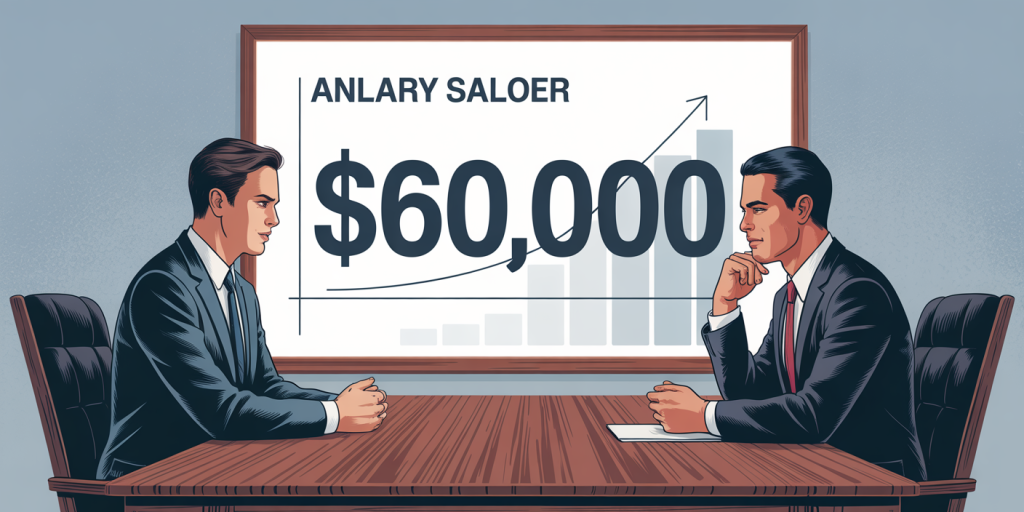The concept of anchoring is a powerful cognitive bias that significantly influences how individuals make financial decisions. Originating from behavioral economics and psychology, anchoring refers to the tendency to rely heavily on the first piece of information encountered—known as the “anchor”—when making subsequent judgments. This bias can profoundly affect money management, investment choices, pricing perceptions, and negotiation strategies, often without individuals realizing its impact.
In the realm of money decisions, anchoring can lead to suboptimal outcomes ranging from overspending to undervaluing assets. Understanding the mechanisms behind anchoring, along with practical ways to identify and counteract it, is essential for both consumers and financial professionals. This article explores the mechanics of anchoring bias in financial contexts, supported by real-world examples, comparative analyses, and future implications for personal and institutional finance.
Understanding Anchoring Bias in Financial Contexts
Anchoring occurs when an initial reference point disproportionately impacts decision-making. Psychologists Daniel Kahneman and Amos Tversky first identified this bias in 1974, demonstrating that even arbitrary numbers could influence people’s estimates and choices. In money decisions, such anchors might be list prices, initial offers, previous investment values, or prior earnings.
For instance, a consumer shopping for a car might see a sticker price of $30,000 and mentally anchor on that figure. Even when a discount is offered, the buyer perceives the reduced price relative to the original anchor, often perceiving it as a better deal than it may objectively be. This reliance on the anchor can occur without conscious awareness, skewing perceptions of value and affordability.
A 2016 study published in the *Journal of Economic Psychology* found that real estate agents and home buyers alike were susceptible to anchoring based on listing prices, which influenced final sale prices by up to 5–10%. The study highlighted how initial price settings could guide negotiations and final transaction outcomes, reinforcing the anchoring effect in financial decisions.
Anchoring in Consumer Spending and Budgeting
Anchoring bias profoundly influences consumer behavior, especially in spending and budgeting decisions. Retailers often exploit this bias through pricing strategies that establish a high initial reference point, such as “original prices,” “list prices,” or “regular prices,” which consumers then use to evaluate discounts.

Consider the common tactic of listing a product at $100 but offering a “limited-time” discount to $70. Even though the buyer is paying $70, the psychological anchor of $100 makes the sale price appear more attractive. Studies show that such anchoring can increase consumer spending by 20-30% compared to straightforward pricing without listed discounts.
In personal budgeting, individuals might anchor their spending habits to their previous income levels or expenses, even after a significant change in financial circumstances. For example, former high earners who face income reductions often continue to budget and spend according to their previous income anchor, leading to financial strain. A 2022 survey by the National Endowment for Financial Education reported that 35% of participants continued spending based on outdated income benchmarks, significantly hampering their ability to save.
Anchoring and Investment Decisions
Investors are also heavily influenced by anchoring bias. One common manifestation occurs when investors fixate on the purchase price of an asset, such as the price they paid for stocks or real estate, affecting their decisions to hold, sell, or buy more shares.
For example, an investor who bought shares in a company at $50 per share may resist selling when the price drops to $40, anchoring on the original purchase price and hoping for a rebound. This can lead to the “disposition effect,” where investors hold onto losing investments too long and sell winning ones prematurely.

A seminal study in *The Review of Financial Studies* (2005) analyzed investor behavior and confirmed that anchoring on purchase prices significantly influenced withdrawal decisions, often resulting in lower overall returns. The study found that anchoring contributed to suboptimal portfolio management, with investors incurring approximately 5% lower annual returns due to biased decision-making.
Comparative Table: Impact of Anchoring on Investment Decisions
| Investment Scenario | Anchored Decision | Optimal Decision (Without Bias) | Potential Outcome Difference |
|---|---|---|---|
| Stock bought at $100 drops to $80 | Holds stock holding, waiting to recover | Considers fundamentals and cuts losses | Possible larger losses or opportunity cost |
| Stock bought at $100 rises to $140 | Sells to break even due to prior anchor price | Allows for further gains if fundamentals are strong | Missed potential gains |
| Real estate property valued at $500,000 initially | Refuses to lower price below anchor | Prices competitively according to market | Longer time on market, lower net proceeds |
The table above illustrates how anchoring shapes different investment behaviors compared to unbiased, rational decisions, often resulting in financial disadvantages.
Anchoring in Negotiations and Salary Decisions
Anchoring also plays a critical role in negotiations, including salary discussions and contractual agreements. The initial number put forth sets the tone for discussion, frequently establishing the boundaries of what is considered reasonable.
In salary negotiations, an employer’s first offer often anchors the employee’s expectations—even if the offer is negotiable. A 2018 Glassdoor economic research report found that job candidates who countered initial low offers significantly improved their final compensation by an average of 7-12%, highlighting the advantage of recognizing and challenging anchors.

Conversely, job candidates who reveal their salary expectations too early may unknowingly anchor themselves to lower figures. Negotiators in general use anchoring to their advantage by setting high or low initial demands, influencing the final agreement point.
In business negotiations, a 2017 Harvard Business Review article outlined how initial price offers in contract talks tend to pull final agreements closer to those anchors; the first bidder often enjoys an advantage unless the opposing party actively recalibrates their reference points.
Methods to Overcome Anchoring Bias in Financial Decisions
Recognizing anchoring bias is the first step to mitigating its effects in money-related choices. Awareness encourages individuals and organizations to take critical perspective shifts before committing to financial decisions.
One effective strategy is *anchoring neutralization*, where decision-makers deliberately seek multiple independent data points instead of relying on the initial figure encountered. For example, when buying a car, researching various dealerships’ prices, historical sale data, and expert reviews can provide alternative anchors that dilute the influence of the first number presented.
Another approach involves deliberate delay—avoiding immediate responses to pricing or offers and taking time to evaluate the financial context and alternatives. This helps reduce reflexive judgments based on initial prices or proposals.
Financial advisors often employ scenario analysis and sensitivity testing to challenge anchors by presenting alternative assumptions about asset values, market conditions, or budget outcomes, thereby fostering more balanced decisions.
Future Perspectives: Anchoring Bias in an Evolving Financial Landscape
As technology advances and data analytics become more integral to financial decision-making, new tools are emerging to detect and counteract anchoring bias. Artificial intelligence (AI)-driven personal finance apps now offer recommendations based on broad market data and historical trends rather than arbitrary or presented price anchors, promoting more rational decisions.
The increasing availability of transparent pricing and comparison platforms—such as those for mortgages, insurance, and stocks—also empowers consumers to identify reasonable price ranges beyond initial anchors. According to a 2023 survey by Deloitte, 68% of millennials use price-comparison tools, reducing vulnerability to traditional anchoring tactics.
However, the digital era also introduces novel anchoring challenges. For instance, exposure to inflated “list prices” or algorithmically set reference points in online shopping or auction platforms might amplify anchoring effects. Financial literacy programs are evolving to include cognitive bias training to prepare consumers and investors for these complexities.
In institutional finance, behavioral data is being integrated into algorithmic trading and portfolio management systems to minimize human anchoring effects, potentially improving overall market efficiency. Moreover, regulatory discussions consider transparency requirements to limit manipulative anchoring tactics in advertising and brokerage services.
Ultimately, understanding and addressing anchoring bias will remain crucial as financial environments grow more complex and interconnected. Financial education, technology, and policy will need to converge, ensuring that decisions optimize economic outcomes free from undue cognitive bias.
Understanding anchoring bias is critical for making smarter money decisions. By recognizing how initial reference points shape perceptions and choices in spending, investing, negotiating, and budgeting, individuals and professionals can implement strategies to mitigate its effects. As financial landscapes evolve, ongoing awareness and innovation will be necessary to navigate the cognitive traps that anchoring presents, fostering healthier, more informed financial behavior.